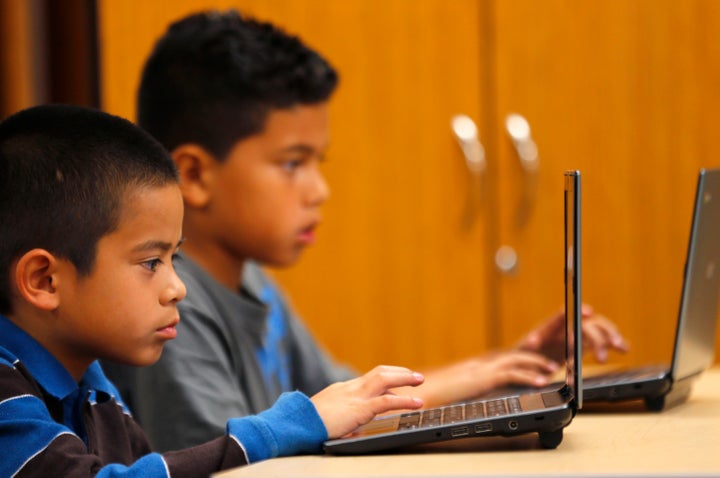
The Internet just got a little cheaper for some families -- but experts say lowering the price is not enough to help low-income Americans get online.
In a 3-2 decision, the Federal Communications Commission agreed on Thursday to grant a monthly Internet subsidy to Americans who already receive certain federal welfare benefits.
The ruling updates the decades-old Lifeline program, which helps subsidize communications services for poor Americans. Those eligible for the new subsidy of $9.25 per month can use it to buy stand-alone broadband services or bundled voice and data packages, according to the FCC.
Currently, about 15 percent of Americans don't use the Internet. For many, that's out of necessity, and this update can help them. However, it won't be enough to bridge significant inequalities in digital technology use, warn experts such as Blanca Gordo, a senior researcher at the International Computer Science Institute at the University of California, Berkeley.
The ruling "is a step in the right direction," she told The Huffington Post. "But it's insufficient to address what is a much more complex problem."
When low-income Americans have Internet access, it's often very slow or shared among too many people. Many poor Americans use the Internet exclusively on smartphones, which can make it difficult for them to perform complicated online tasks like submitting job applications, analysts say. And some people haven't had much experience using the Internet, so they can't really take advantage of access when they do get it.
"That’s the division here," Gordo said. "What [people with low incomes] don’t have is the training, assistance and teaching needed to enter a complex system that is thought of as easy to use from the perspective of a long-term user."
"The learning curve is huge," she added.
Internet providers for people using the subsidy must offer a minimum download speed of 10 Mbps, which is what most consumers use, according to the FCC. The updated Lifeline program's budget is capped at $2.25 billion, which officials say is enough to support increased participation in the program.
